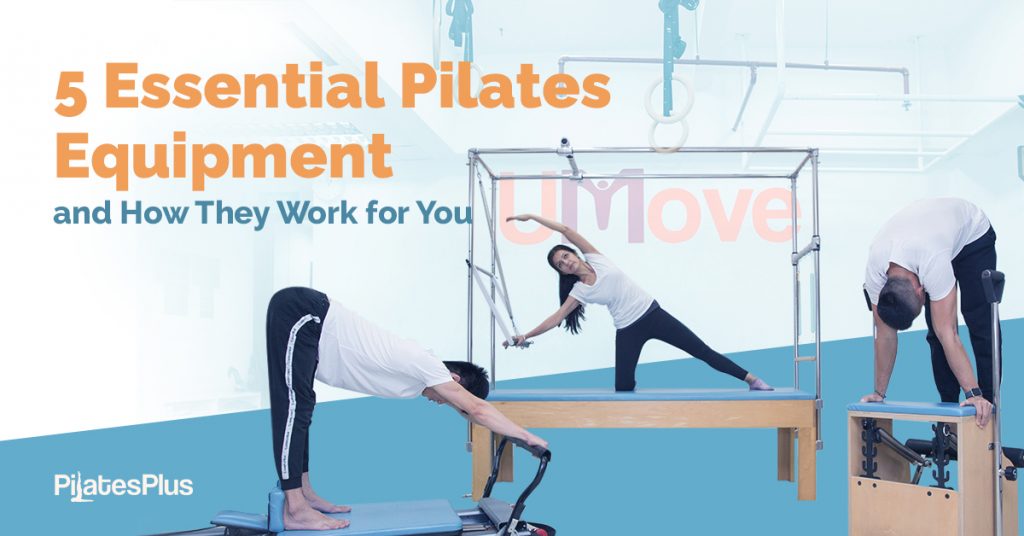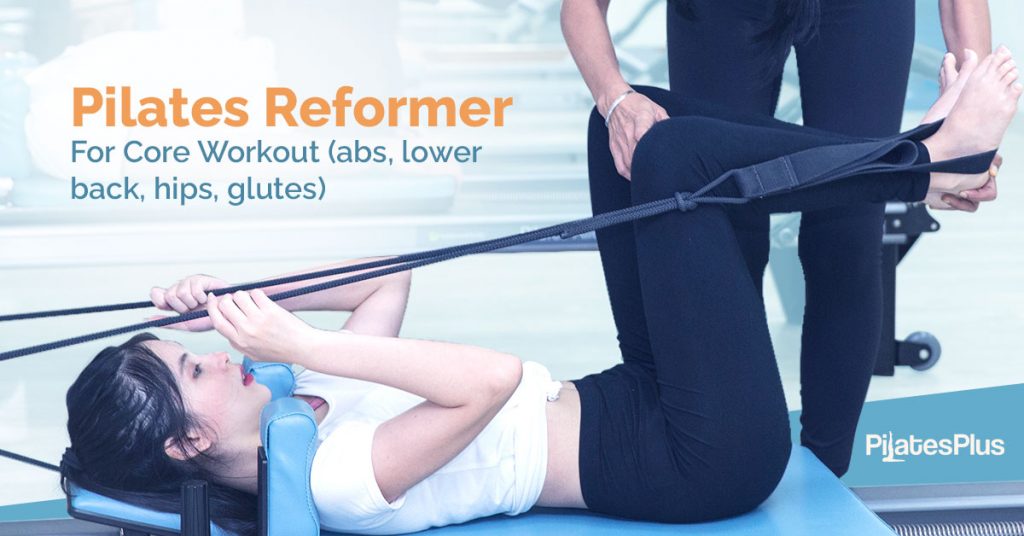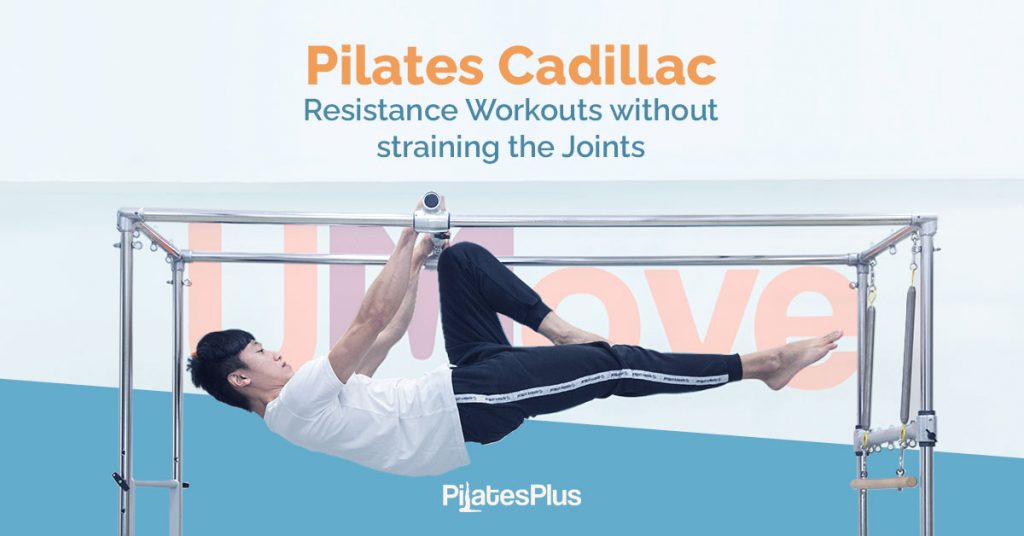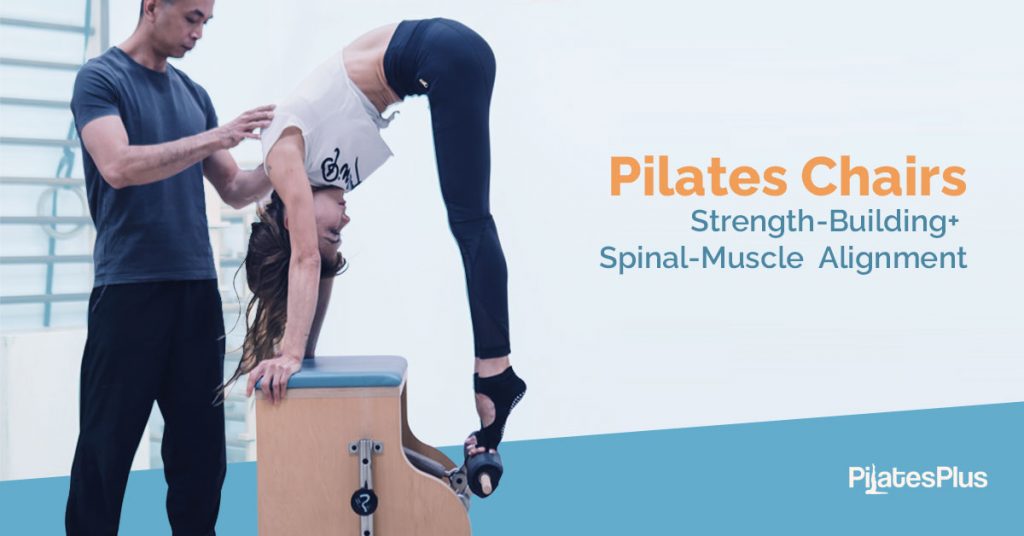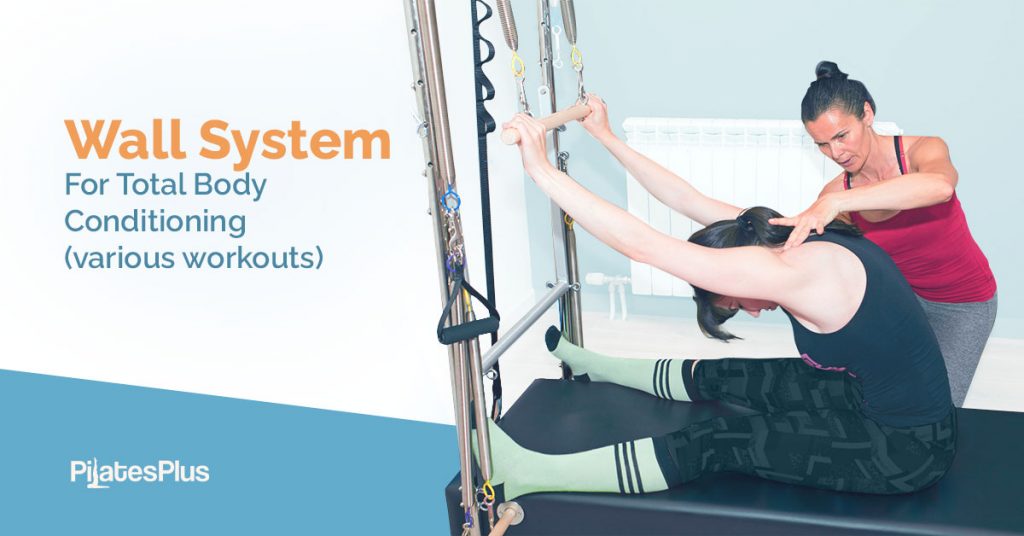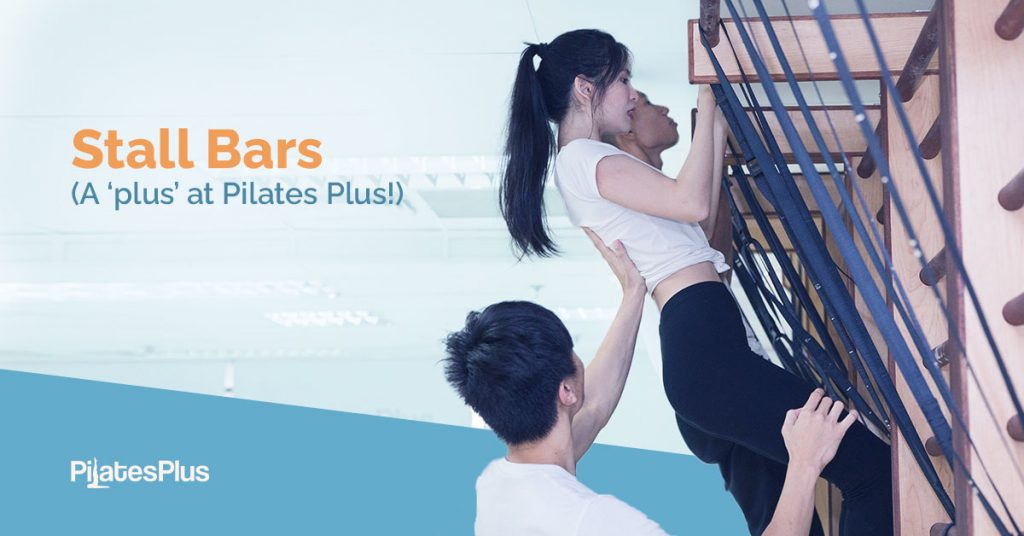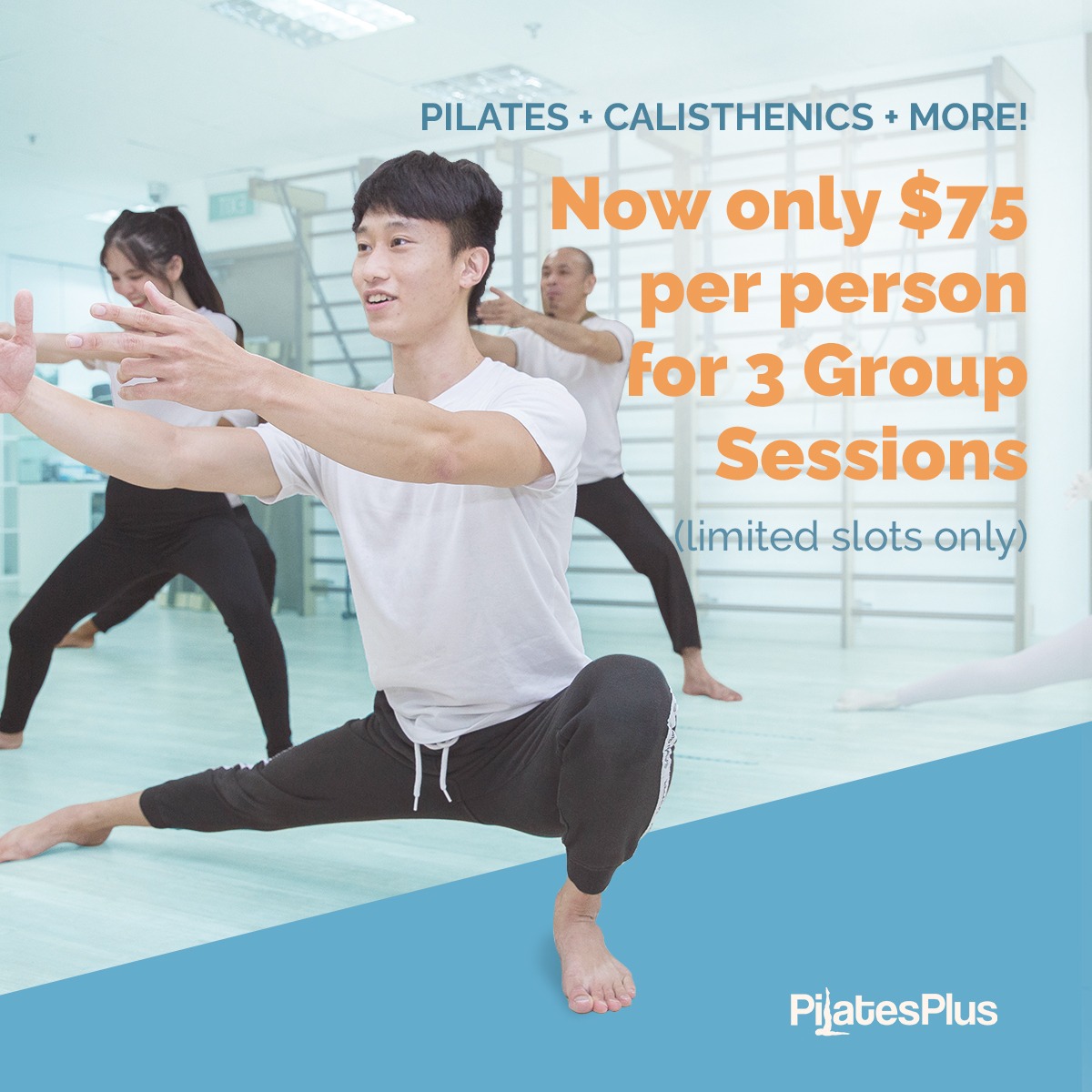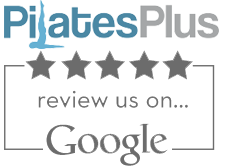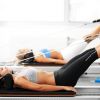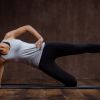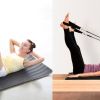5 Essential Pilates Equipment and How They Work for You
Date Updated: February 10, 2020
You’ve always wanted to try
First things first: Within the Pilates community, while the term “Pilates equipment” is widely accepted, Joseph Pilates intended for it to be called “Pilates apparatus,” and “Pilates machines” isn’t really appropriate, especially in Classical Pilates or Traditional Pilates circles.
On one hand, Mat Pilates is practised mostly on the floor using only our own body weight or everyday things that can serve as weights. Likewise, there are several small Pilates exercise tools and equipment, including magic circles, weights, and resistance bands available for home and studio use.
And then there are the big-ticket items, the Pilates apparatus you’d normally see in Pilates studios, although many now come in home-use versions. These include the Reformer, the Cadillac, Pilates Chairs, and Pilates Wall Systems—without which your Pilates journey wouldn’t be complete.
A word of caution to beginners and people with physical challenges: you’ll need an instructor to guide you through the proper movements without unduly straining the muscles and the proper breathing techniques that are essential to Pilates.
Find more about the dynamic nature of Pilates.
Pilates Reformer
The Pilates Reformer consists of a bedframe-like platform called the carriage which is attached to springs. The carriage is padded and has shoulder blocks to keep you from sliding off. It also has an adjustable foot bar for the legs and resistance cables for the arms at the opposite end.
The Reformer is also known as Universal Reformer—an all-round apparatus for core-strengthening. It can ease back pain by aligning the spine and easing tension from the back muscles. The more you use it, the more efficiently you move, so you’ll feel more relief the more you work out.
The most common Pilates Reformer exercises entail stretching the limbs by pulling the cables with your arms and pushing the bars with your legs. These include the Hundred, the Frog, the Elephant, Leg Circles, and Knee Stretch with round back or arched back.
Study Shows Back Pain is Related to Sedentary Lifestyle READ MORE from Front Public Health
Pilates Cadillac
Imagine a padded table, which also serves as an elevated exercise mat, then put monkey bars over it and add an assortment of resistance mechanisms—a Pilates Cadillac looks a lot like that. Joseph Pilates called it a Trapeze Table but it wowed his clients so much, they likened it to a “shiny new Cadillac.”
The Pilates Cadillac that we know now has all the bells and whistles, but Joseph’s prototype was made from only a hospital bed and mattress springs attached to the wall. The first Pilates Trapeze Table was first intended to enable bedridden patients to exercise, injured soldiers in particular.
Today, it’s common for athletes to add Pilates Cadillac exercises to their pre-competition regimen. Most exercises on the Cadillac’s push-through and roll-back bars are for toning and strengthening the muscles; building flexibility, especially in the joints; and for stretching and decompressing.
Pilates Chairs
The Pilates Wunda Chair, also called the Low Chair, looks a lot like a regular backless chair except it’s lower and has a padded wooden base. There’s a pedal under the seat, and springs with adjustable resistance levels—low, medium, or high. It’s a wunderbar chair, indeed!
It may look like pro-level equipment, but the Wunda Chair is actually beginner-friendly. So much so that it’s recommended to those who are on physical therapy, recovering from injury, or have mobility limitations. At the same time, it’s also a favourite among cross-training athletes.
The most common Pilates Wunda Chair exercises are the Push Down, which engages the lower body, and the Pull Up, which works the torso. Workouts can be done in sitting position, standing on the seat, or in front and behind the chair, with arms and hands working the pedal.
Pilates Wall System
The components of a Pilates Wall System vary depending on the studio or the Pilates “school of thought” it subscribes to (Classical, Contemporary, Stott, etc.). Generally, it is a large apparatus with an attached table, four-poster support structure, and various Pilates equipment.
Many wall units have a Pilates Tower or a Trapeze Table and other apparatus that are secured firmly to a solid immobile surface, including the floor. Some even come with a Pole System, Raised Platform Mat and Mat Boxes, and Short Box Bars—all of which add more challenge to the usual mat exercises.
Wall Systems are not only versatile and multifunctional, they are space-saving and convenient for home installation too. There are so many exercises that can be done using a wall system, including Tricep Pulls, High Rows, Roll-Downs, and various bridge-type and hanging/stretching exercises.
Stall Bars
At Pilates Plus, we don’t just give workouts, we take you on a journey of discovery into the joys of Pilates. We do this by providing preparatory and complementary classes on calisthenics and movement, to help you to better appreciate and practice Pilates. And for exercises, we make use of the Stall Bars.
Stall Bars may be customized for height and width, and are often used with accessories, including the Stall Bar Bench and Abdominal Board. They were invented in the early 1800s by physiotherapy and gymnastics pioneer Per Henrik Ling, who founded the Swedish Royal Gymnastic Central Institute.
At Pilates Plus, most of our callisthenics or bodyweight training are done on the Stall Bars. Callisthenics is a good workout for people who are only starting to get into a fitness regimen or taking up Pilates for Beginners as these can be adjusted easily to your strength and fitness levels.
Pilates Plus is the only Pilates and movement studio in Singapore that offers the Strength Pilates Series for both Mat and Reformer classes. The program is specifically designed to give you real results in strength gain, with our whole-body workouts.
Where to Find Pilates Equipment Classes in Singapore
Here at
We also have a
Although group sessions are less expensive, we recommend taking private sessions as well, especially if you’re a Pilates Reformer beginner. In one-on-one sessions, you have the instructors undivided attention, so the workouts can be adjusted to your specific goals and physical capabilities.
Ready to begin your Pilates journey? Take that first step with Pilates Plus Singapore today!



